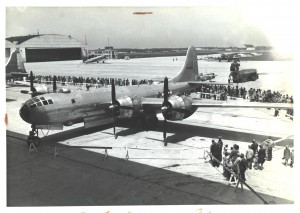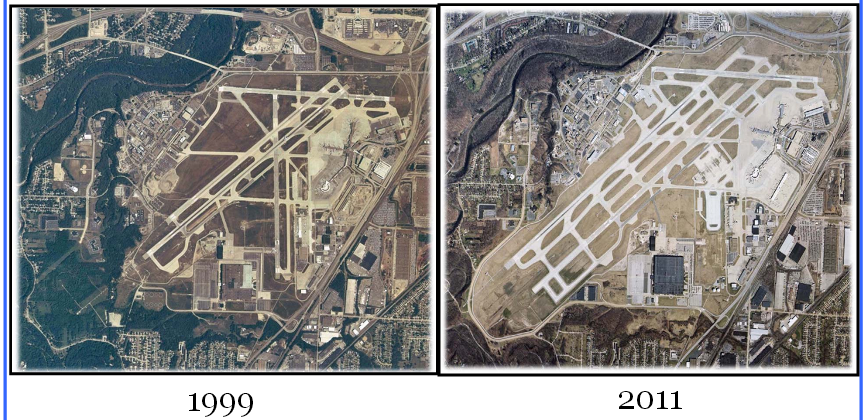Cleveland (CLE) Airport: Connecting the Past to the Future
Yesterday I was in training all day for my day-job, and one of the segments was a case study on the Cleveland Airport (CLE). As the presenters were going through the information, I thought it would be an excellent basis for an article on our hometown gateway to faraway happiness.
One of the main reasons this presentation struck my interest was because I learned what a tremendous asset the Cleveland airport really is to the community, as well as aviation as a whole. As if it were not enough that Ohio is the birth place of aviation, we offer far more when it comes offering the public access to their destinations.
The Cleveland airport was the first municipal airport opened in the country in 1925.
By 1930, the Cleveland airport added the first radio-equipped air traffic control tower and airfield lighting system.
In the 1950’s, we became the first airport with Passenger Innovations Terminal Flight Information Displays.
While not necessarily a national aviation milestone, CLE became the first rail connection to Downtown Cleveland in the 1960s.

During the 1940’s, what is now known as the IX Center, and where any large conventions typically take place, was the location of the General Motors (GM) Cleveland Bomber Plant. One of the most notable projects was the wing assembly of the B-29 bombers at the tank plant.
As a consequence of being adjacent to the airport, Cleveland offered the first runway for testing and delivery of the B-29 bombers.
In 2005, CLE became one of the first airports nationally to design, build, and operate a centralized deicing pad.
Today, the Cleveland airport serves about 10-million passengers per year with 250 daily nonstop flights to 74 destinations. In 2012, the airport recorded 166,656 operations (takeoffs and landings).
The airport offers two parallel runways at 10,000 and 9,000 feet long, and one crosswind runway at 6,000 feet in length.
The Cleveland airport has been rapidly expanding for quite a long time, and it really became evident looking at the below photo comparisons.
Everyone is also well aware of US Airways flight 1549 landing on the Hudson. The reason for the emergency landing was the geese that flew into the engines. Obviously that event had significant impact on the design of planes, but also airports.
We learned why airports do not like any ponds not only on the property, but an important design aspect is also within a 10,000 foot perimeter around the airport. The Cleveland airport has some unique design aspects in that it abuts the Cleveland Metroparks system, and not only has to content with fowl, but also deer and other animals, and prevent them from entering the airport grounds.
I took away from the presentation not only the importance of the Cleveland airport to travel and aviation, but also lots of the design aspects that go into the development of maintaining a world class airport.
Makes one think the next time they hop on a plane at all that went into getting you to your destination.
Save Money, Travel More!
Source: Cleveland Hopkins Workshop



Oh yes I’m quite aware of that “extension” that was added on pointing DIRECTLY at our house in Berea the years after we moved in. All the planes that landed got considerably louder and lower for everyone in the Sandstone Ridge development.